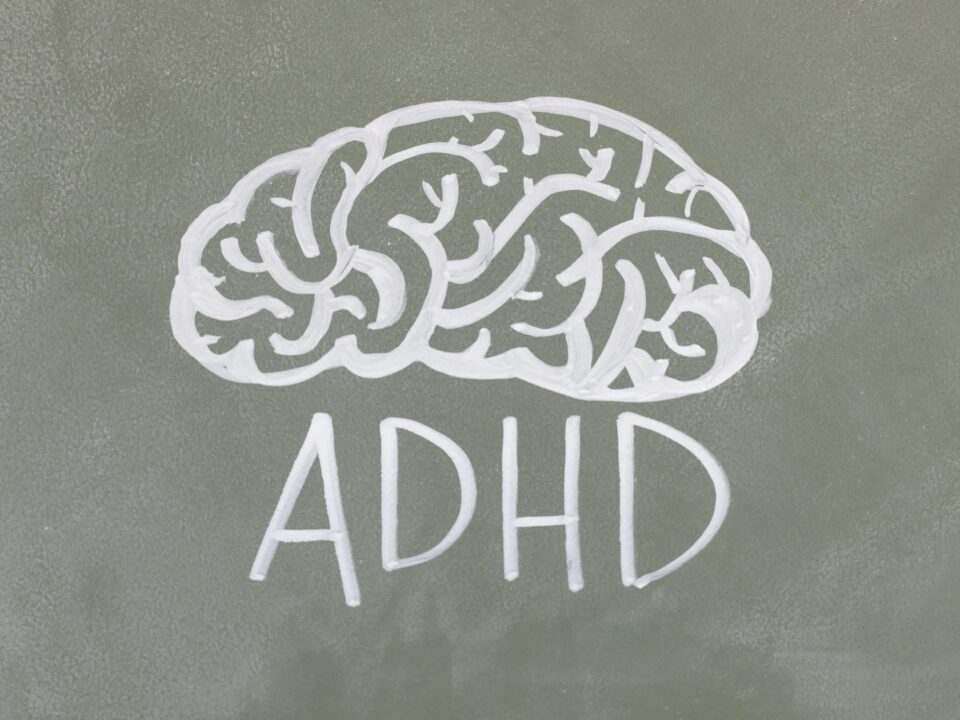ADHD in the workplace: tips to stay focused at work with ADHD

Featured Image by Cytonn Photography, Pexels.com
What challenges can those with ADHD face in the workplace?
For those with ADHD, working for long periods independently on repetitive tasks, to the tune of strict deadlines and tight schedules in a high-sensory environment can be a real struggle. Each of the factors described would be a challenge to manage individually, let alone simultaneously or combined. If you think you might have ADHD, take our online ADHD quiz.
To give a hard example, jobs that feature the “need for high levels of concentration to manage risk (e.g. industrial safety monitoring, long distance driving)” generally do not play to the strengths of those with ADHD. That’s because “people with ADHD can find it difficult to suppress impulses, which means they may not stop to consider a situation, or the consequences, before they act.”. They also find it hard to keep at a task that lacks variety. For other examples, explore recommended jobs for people with ADHD.
How can those with ADHD stay focused at work?
Use a timer or alarm to stick to deadlines

Image by Stas Knop, Pexels.com
Set a timer or an alarm clock for each chunk of a broken task. The buzzer could signal a break or a move on to a different project or task. This change of focus would help to keep the segmented task from quickly losing its engagingness as well as the attention and interest of its doer. The ability to “snooze” also gives an employee with ADHD the option to continue to hyperfocus if it serves them.
Timers are good for monitoring how much you typically get done in a set amount of time as well. This can vary according to the nature of the work or task, but it gives an approximation that can be used in future planning.
Write down any verbal instructions
Instructions for those with ADHD are usually best received in writing, crystal clear and free of ambiguity. Even better if they come with visual aids.
But sometimes verbal instructions will have to be done, such as in meetings. For ADHD people, the act of writing down instructions ensures they do not forget any details and can ask for anything they’re unsure of to be clarified at the end. The writing also lets them get as creative as they need to to process and execute the instructions, with colour coding, annotation, digital task management tools, etc. at their disposal. If possible, they can take an audio recording of the verbal instructions to process them in their own time.
Limit distractions in your workplace
If working from home/anywhere is an option and your line manager can be flexible with it, try to agree a schedule of where you’ll be at any given time during work hours depending on where the least distractions will be.
Of course, not all jobs can be worked from anywhere. But whatever the workplace setting, employers are legally expected to make reasonable adjustments that limit distractions for those whose ADHD impedes productivity. For example, using noise cancelling headphones whilst working, asking a colleague to consider if they’re team meeting really couldn’t just be put into an email, having access to a low-sensory area or silent zone to retreat to for focus time – these are some useful strategies to employ.
Use a planner or calendar

Image by Jess Bailey Designs, Pexels.com
Your calendar need not be all people- and process-intense meetings and reminders. Your time for a walk, cup of tea, or swapping of hot desks with a colleague is just as important to plot on the calendar. Google, Outlook, and other calendars commonly used by organisations allow you to allocate colours or icons to each calendar entry so you can differentiate by type of engagement, by level of importance to attend by setting different colours or icons for each. You can also turn off calendar reminders if you find them breaking your concentration too often. A good old-fashioned wall calendar tacked in plain sight also works well, especially if you do not use a laptop or smartphone as part of your job.
Having clear awareness of what you are doing next can create a sense of urgency with the task at hand because if timings are not kept to, this can have a knock-on effect on the tasks scheduled to follow. Ideally, the task should be structured by identifying its beginning, middle, and end before you start it.
Useful Links
Signs and symptoms of ADHD
Time management tips for adults with ADHD
How to support employees with ADHD at work
How to focus at work with ADHD
ADHD Workplace Needs Assessment




